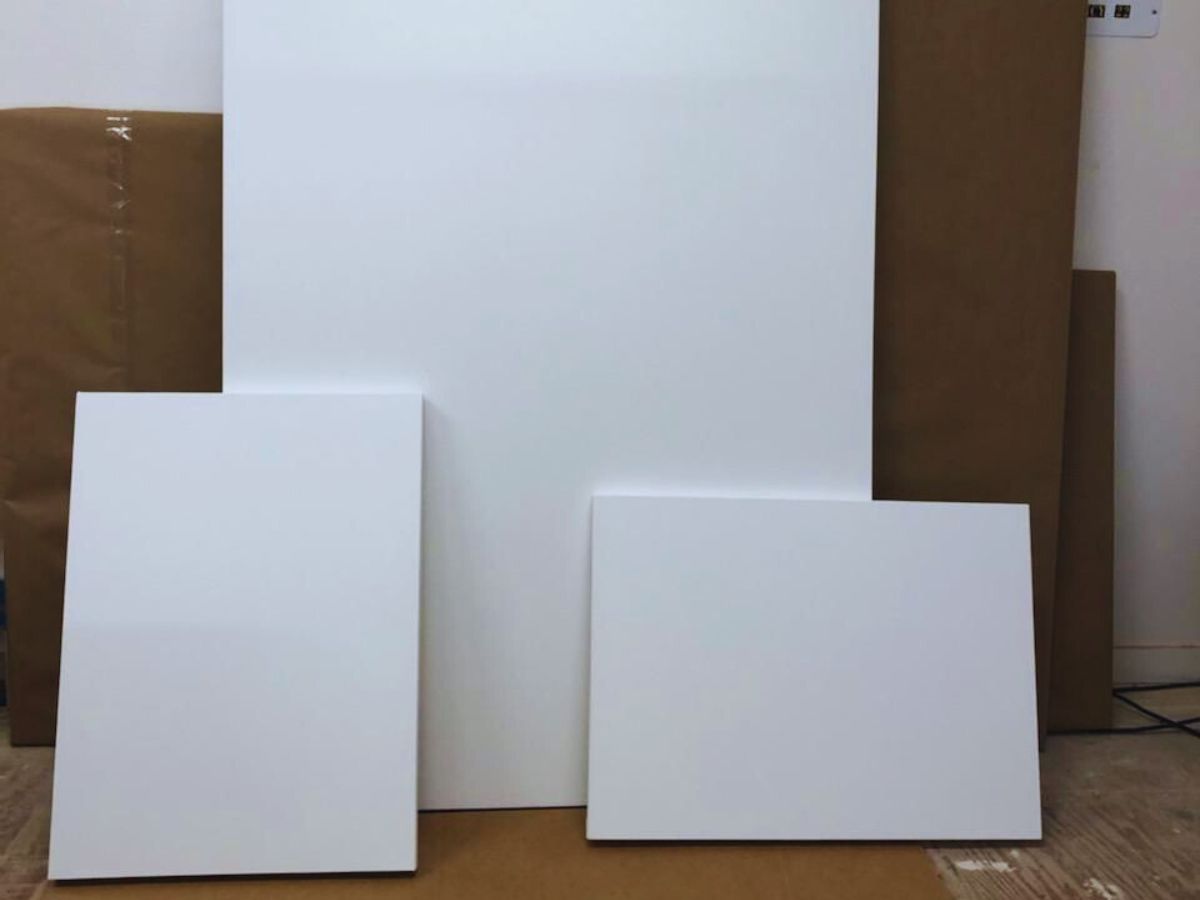
Canvas Preparation: A Step-by-Step Guide for Painters
Preparing your canvas is a crucial step in the painting process, ensuring that your artwork not only looks its best but also stands the test of time. Here are the essential steps to get your canvas ready for your masterpiece.
1. Choosing Your Canvas
First things first, decide between pre-stretched canvases and raw canvas. Pre-stretched canvases are convenient and often come pre-primed, like those from CanvasLot, making them ready to use. However, stretching your own canvas allows for customization in size and tension. If you choose to use raw canvas, you’ll need to stretch and prime it yourself.
2. Stretching the Canvas
If you’re up for stretching your own canvas:
Materials Needed: Canvas roll, stretcher bars, staple gun or tacks, and canvas pliers.
Steps:
- Assemble the stretcher frame. Ensure it’s square by measuring the diagonals; they should be equal.
- Cut the canvas. Leave about 2-3 inches of excess around the frame.
- Attach the canvas. Start in the center of one side, pulling the canvas taut and securing it with a staple or tack. Move to the opposite side, pull tight, and secure. Repeat for the remaining sides, working outward from the center and ensuring even tension.
- Fold the corners. Neatly fold and secure the corners for a tidy finish.
Watch a short video on how CanvasLot prepares a canvas.

3. Sizing the Canvas
Before priming, applying a size (a glue-like substance) seals the canvas fibers, preventing them from absorbing too much paint and becoming brittle. Traditional rabbit skin glue is an option, but acrylic sizing is a modern alternative that’s less prone to cracking.
4. Priming the Canvas
Priming creates a smooth, stable surface for your paint:
Choose the right primer. For acrylic painting, acrylic gesso is ideal. For oil painting, it’s recommended to use a solvent-based oil painting primer, as oil paint doesn’t adhere well to acrylic gesso and it can affect the longevity of your painting.
Application:
- First coat. Apply a thin, even layer of primer using a wide, flat brush. You can thin the primer slightly with water for the initial coat.
- Drying. Allow it to dry completely, following the manufacturer’s instructions.
- Sanding (optional): For a smoother surface, lightly sand with fine-grit sandpaper between coats.
- Second coat. Apply a second layer perpendicular to the first for even coverage.
5. Toning the Canvas (Optional)
Some artists prefer to tone their canvas with a thin wash of a neutral or earth tone. This reduces the starkness of the white primer and can influence the mood of the painting.
6. Final Preparations
- Inspection: Ensure the surface is smooth and free from dust.
- Setup: Place your canvas on a sturdy easel in a well-lit area, and gather your painting supplies.
Take time to properly prepare your canvas. Happy painting!